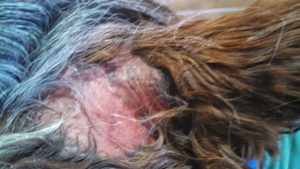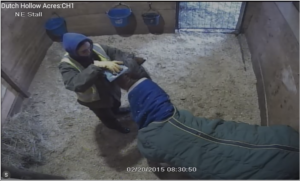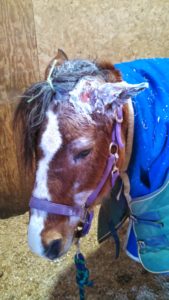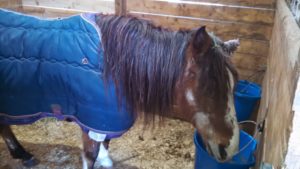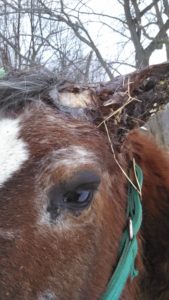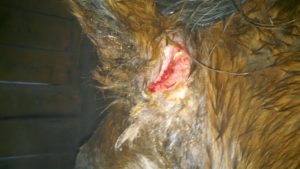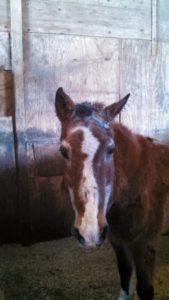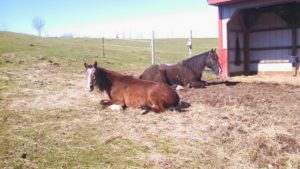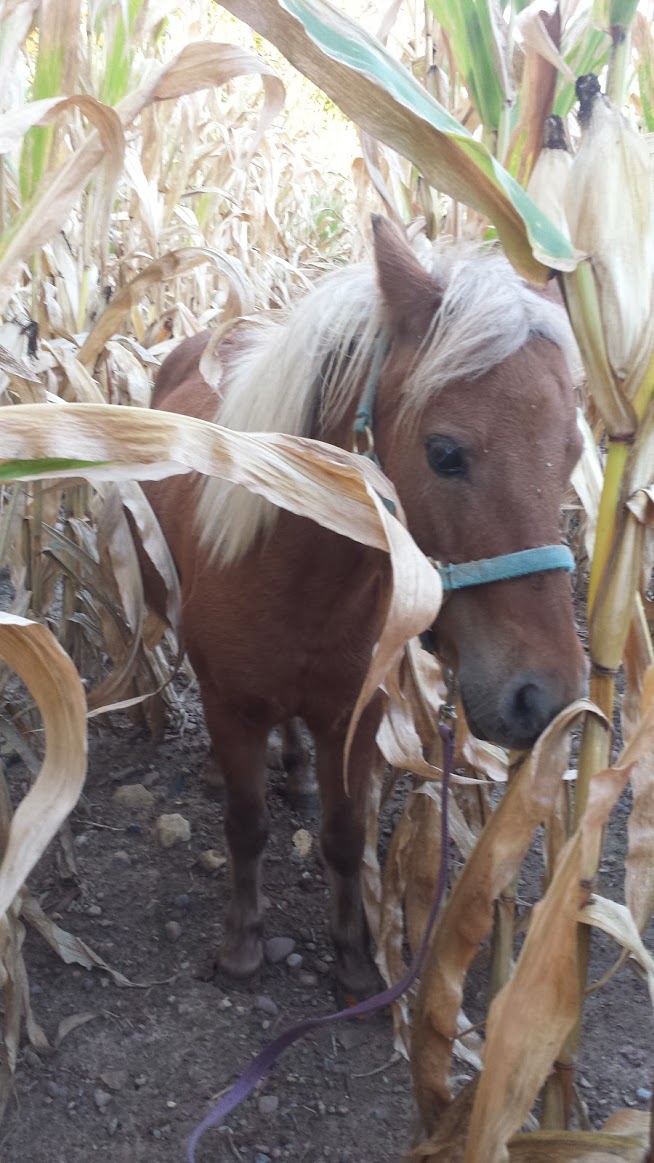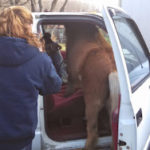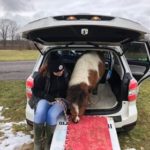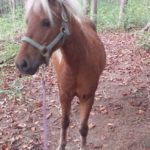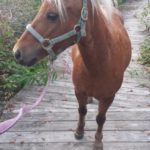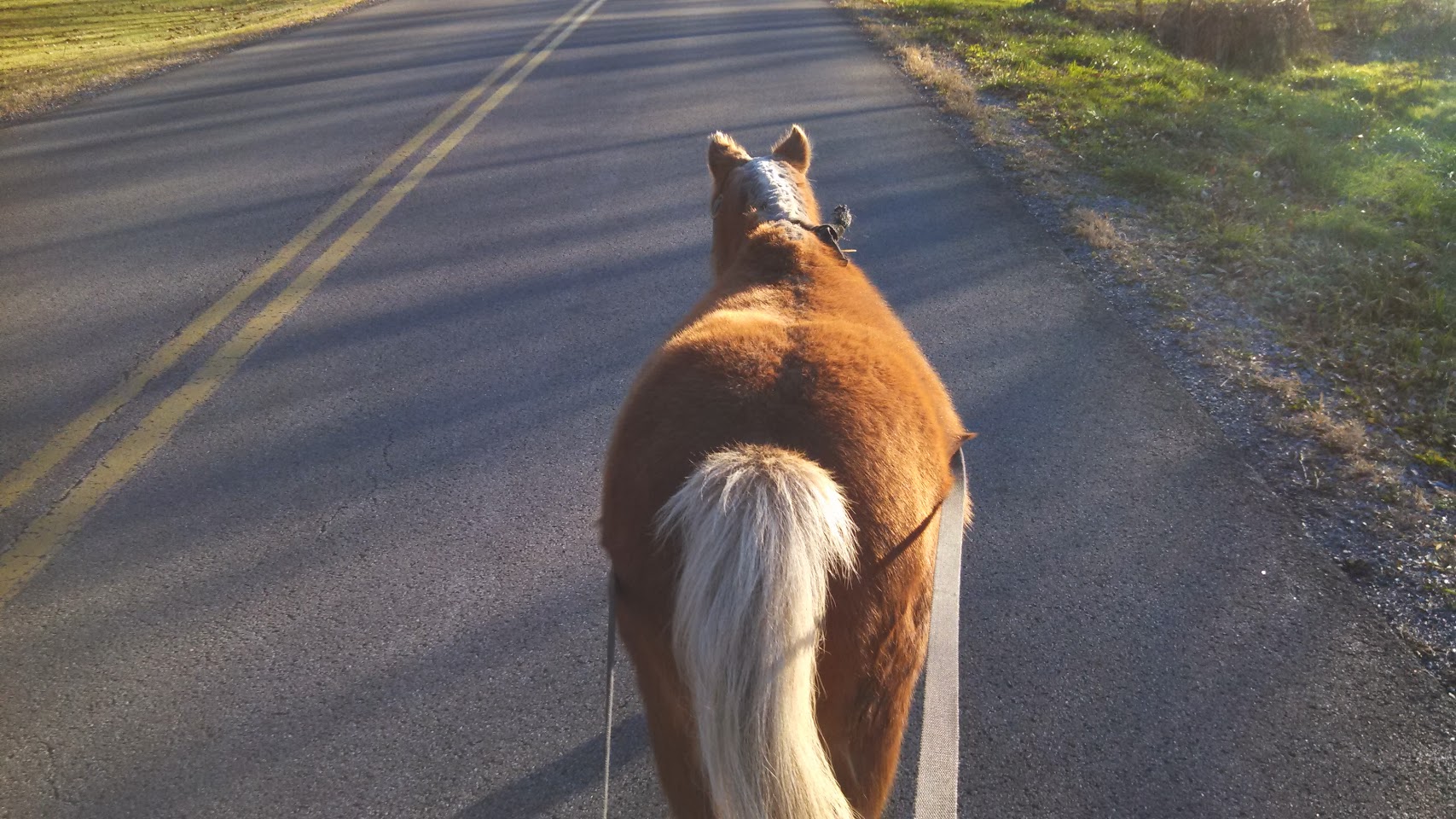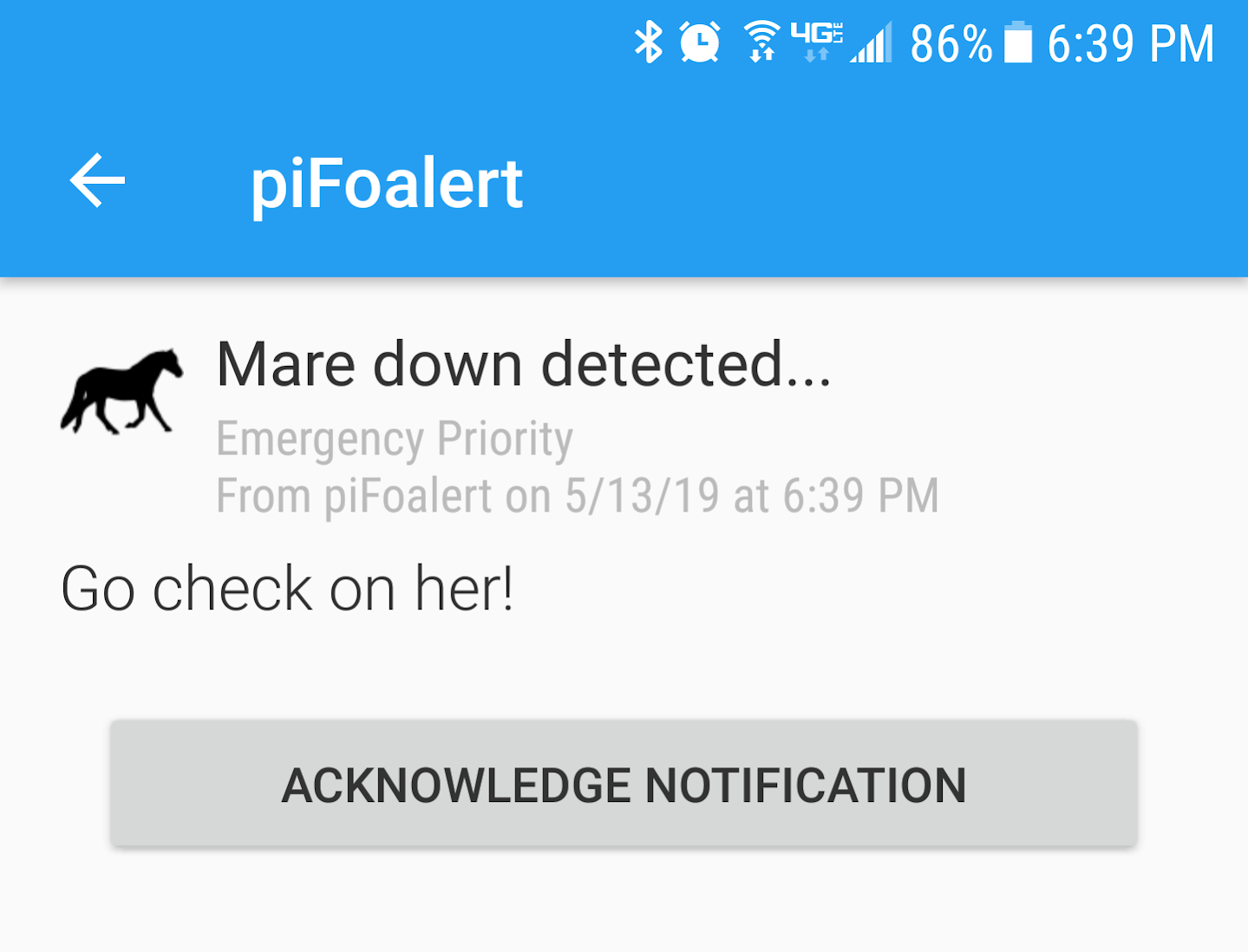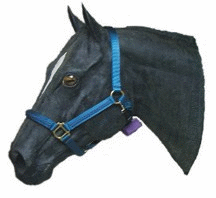With the weather warming up it’s time to start thinking about ticks. Every ear the tick problem seems to be getting worse and worse in NYS and with that comes complications from Lyme disease.
I’ve had to treat lyme in several of my horses as well as myself so I take a very proactive approach to preventing ticks from causing an issue on my farm.
#1 Barn Cats
Yes we all have them and love them and people just drop them off. Even though cats don’t seem to have too much of an issue with Ticks they do transport them into your barn. I know of a local barn who hand a show horse with lyme. This horse was in full work and lived in a stall so it’s not like the horse got a tick from a trail ride. The carrier? the barn cat. So protect those cats! There are many different methods but I prefer the Seresto collars. They last up to 8 months and I don’t have to try and get a feisty cat to take a pill.
#2 Keep them off your Horse
Next step is to make sure they don’t crawl up you horses legs and venture into areas they shouldn’t. My vet recommended UltraBoss a few years ago and it just plain works! Some horses may react to a pour-on so test a small area first to be sure they don’t have an allergic reaction. It’s 3oz/100lbs body weight. I pour a strip onto their mane, another on their tail and then work the rest into their legs all the way up. WEAR GLOVES! You’re using a LOT of this product and if you’re doing multiple horses you’re going to be handling it way too much so use protection.
DO NOT PUT THIS ON CATS! It will kill your cat. So if you use this be sure to wash your hands before petting that pestering kitty at your legs.
#3 Prevention at the source
Believe it or not the lyme problem starts with mice. Cats do a good job but they can’t keep up with mice so here’s how to give these little guys a helping hand. Soak cotton balls in UltraBoss, let them dry out fully then place them in areas mice are likely to nest. The treated nesting material will help keep the ticks off the mice! Brilliant! If you don’t feel like making them yourself you can buy pre-made “tick tubes” to place around your property.
I know a lot of people think fighting with chemicals is bad and they were hoping for a holistic approach. Let me tell you that none of that stuff works. Diatomaceous Earth (DE), Garlic, Lemon and whatever stuff you find on the internets won’t work. It can help and be part of your war against nasties but don’t rely on it. Lyme is a terrible illness. its symptoms can be anything from blindness, colic, lameness or just a’int right. Treatment isn’t cheap and can ultimately be the death of your poor pony.
I hope you are enjoying the blogs and vlogs. If you do be sure to subscribe and share! It helps keep this information free!
